Pacman frogs are quite charismatic looking little amphibians, which are commonly kept as pets due to their comical and unique appearance. These frogs are also known as “ornate horned frogs,” or “South American horned frogs.” Their name comes from their resemblance to the video game character Pac-Man, particularly because of their round shape and massive mouth. Read on to learn about the pacman frog.
Description of the Pacman Frog
There are eight different species of Pacman frogs, all in the genus Ceratophrys. All eight species are rather rounded in body shape, and have abnormally large mouths. They have blotchy patterns across their backs, and come in a wide variety of colors. They can be any combination of brown, tan, green, yellow, or red.
Interesting Facts About the Pacman Frog
These frogs are not only charismatic looking, but they also behave similarly to the character they are named for. They use their giant maw to eat virtually anything that will fit! Learn more about these cool creatures below.
- Ambush Predators – These cute little creatures are actually incredibly competent predators. They will sit and wait for prey to approach close enough, and then leap forward and grab them. They swallow their prey whole, no chewing needed!
- Varied Diet – Though most people picture flies and little insects when they imagine a frog eating, these amphibians feed on a wide variety of items. In addition to insects and worms they will also eat mice, fish, other frogs, and reptiles.
- Dormancy – In the wild, environments aren’t always kind and optimal for survival. When the going gets tough, the tough get… buried? These amphibians will bury themselves beneath the surface of the ground and remain dormant until the rainy season arrives. With the rains, come the prey, and the perfect environment for survival.
- Albino – Captive bred individuals come in a variety of colors, including albino. While you may think of white when you picture an albino animal, these little frogs actually have lots of yellow blotching in their albino state. This is quite similar coloration to some snake species, like ball pythons.
Habitat of the Pacman Frog
These frogs thrive in warm, humid, environments. They spend the vast majority of their time hiding beneath the damp leaf litter of dense forests and rainforests. If their environment grows to dry for their liking, they simply bury themselves and wait for rain to come wet the place up a bet. They are commonly found in rainforest and tropical swamp environments.
Distribution of the Pacman Frog
Pacman frogs are native to South America. There are eight different species, each with their own natural ranges. A number of species are found only in Brazil, including the Wied’s frog, and Caatinga horned frog. Other species are also native to Ecuador, Venezuela, Columbia, Peru, and Uruguay.
Diet of the Pacman Frog
The diet of these amphibians is quite varied, and can differ based on their natural range. They have extremely large mouths, which allows them to prey on items much larger than you may expect for an animal their size. They will eat mice, rats, lizards, small snakes, fish, other amphibians, and even their own species. Some will even prey on their mates!
Pacman Frog and Human Interaction
Because they are popular pets, there is some pressure to these creatures due to wild captures. Capture for the pet trade is also exacerbated by habitat destruction. Because these creatures require a moist, rainforest environment they cannot simply relocate when their habitat is destroyed.
As you can imagine, studying a small frog in the wild can be quite difficult. Of the eight species, two are Data Deficient, four are Least Concern, one is Near Threatened, and one is Vulnerable.
Domestication
While they have been bred in captivity, these frogs have not been domesticated in any way.
Does the Pacman Frog Make a Good Pet
Yes, they can make good pets, but it is important to remember that these frogs are not meant to be handled frequently. Like all amphibians, their skin can easily absorb things from our hands, and they can become sick from this contact. Over handling can also cause undue stress to the animal.
Pacman Frog Care
Pacman frogs stay relatively small, and are usually comfortable in a ten gallon aquarium. They are not strong swimmers, so they do not require a large water source. Instead, a small dish of water, just large enough for them to soak in, is acceptable. They can be cannibalistic, so they should be house separately, even if they appear to be of similar size.
This creature’s habitat must be maintained at high levels of humidity, and their temperature should be monitored and kept within the optimal range for the species you have selected. They can be fed small, thawed rodents, crickets, guppies, silkworms, earthworms, and more.
Behavior of the Pacman Frog
There is not much to be said about the behavior of these frogs. They are relatively simplistic creatures. They live alone, are most active at night, and hide beneath damp vegetation and leaf litter during the day. As ambush predators, they hunt by sitting very still and waiting for food to come to them. Overall, they live a relatively mundane life, moving infrequently and eating anything that fits in their mouth.
Reproduction of the Pacman Frog
These frogs have internal reproduction, unlike some species of amphibians. After mating, the female will find a water source to lay her eggs in. Once she finds a suitable location, she will lay about 2,000 eggs. In approximately 2 weeks the eggs will hatch into tadpoles.

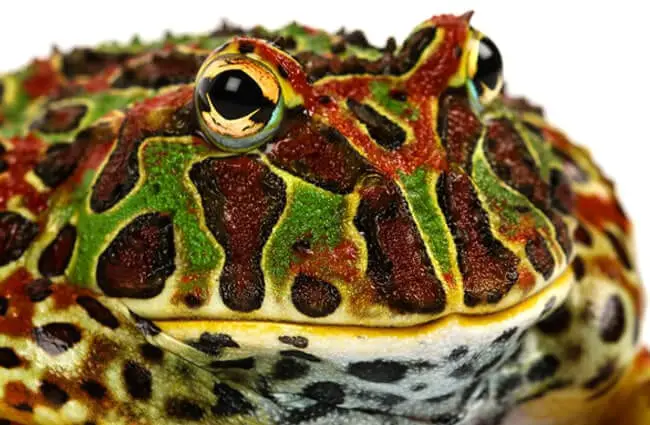
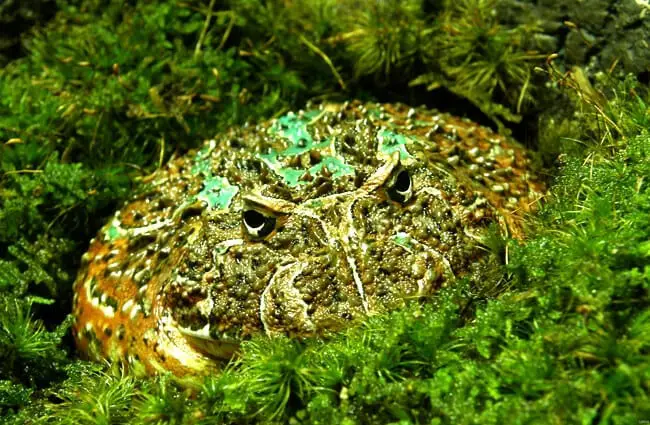
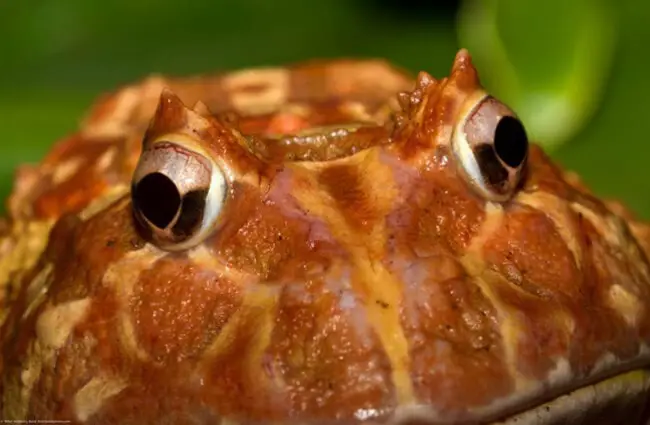
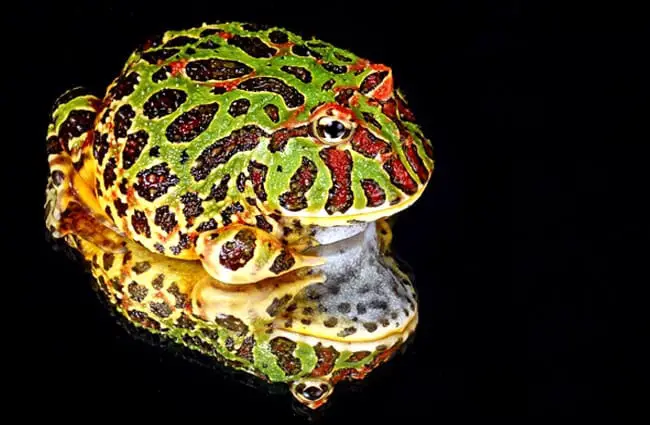
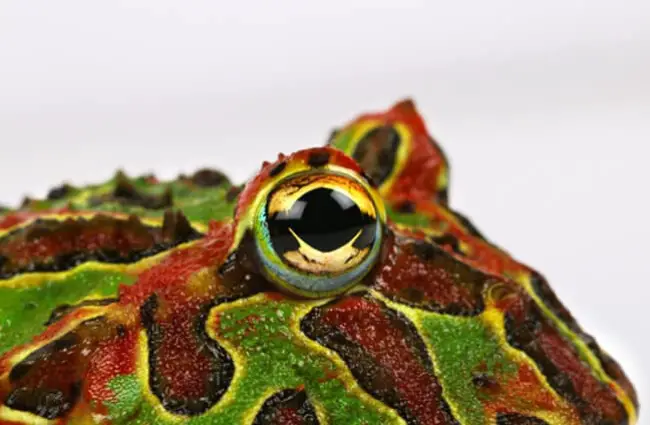
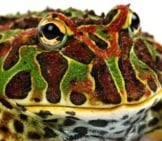
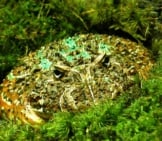

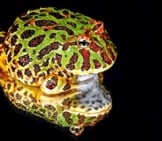
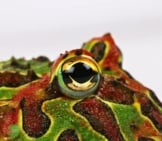
![Red Angus Closeup of a beautiful Red Angus cowPhoto by: U.S. Department of Agriculture [pubic domain]https://creativecommons.org/licenses/by/2.0/](https://animals.net/wp-content/uploads/2020/03/Red-Angus-4-238x178.jpg)












![Red Angus Closeup of a beautiful Red Angus cowPhoto by: U.S. Department of Agriculture [pubic domain]https://creativecommons.org/licenses/by/2.0/](https://animals.net/wp-content/uploads/2020/03/Red-Angus-4-100x75.jpg)

